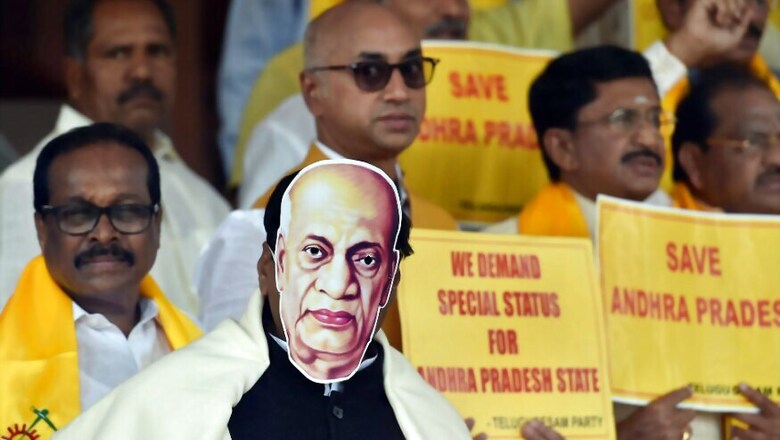
views
New Delhi: The demand for special status to Andhra Pradesh has been at the heart of the divorce between Chandrababu Naidu’s Telugu Desam Party (TDP) and BJP-led National Democratic Alliance (NDA). The issue even threatens a complete washout of the second part of the Budget Session with the TDP and its regional rival YSR Congress set to push for no-confidence motions in the Lok Sabha on Monday.
News18 takes a look at what the special status entails and why Andhra Pradesh is protesting for it.
How Does a State Get Special Status?
Special Category Status (SCS) is granted by the National Development Council (NDC), a NITI Aayog body, to states that are disadvantaged as compared to the others. The commission is composed of the Prime Minister, Union Ministers, chief ministers and members of NITI Aayog, who guide and review the work of the NDC.
Jammu and Kashmir was the first state to be granted the status and over the years 10 other states — Assam, Nagaland, Arunachal Pradesh, Himachal Pradesh, Manipur, Meghalaya, Mizoram, Sikkim, Tripura, and Uttarakhand — have been added to the list.
The NDC has a set of parameters it takes into account before declaring that a state would need extra care from the Centre. Hilly and difficult terrain, low population density or the presence of sizeable tribal population, strategic location along international borders, economic and infrastructural backwardness and non-viable nature of state finances are the categories that the commission looks at.
What Assistance Does The Government Provide?
States with special status receive preferential treatment in the form of 30 percent of the Centre's budget, concession on excise duty and other tax breaks to attract industries and investment, an option to avail benefits of debt swapping and debt relief schemes. In central government-sponsored schemes and external aid, the states get it as 90 percent grants and 10 percent loans. Other states receive only 30 percent of their funds as grants.
The History of Special Category Status
In 1969, during the formulation of the fourth 5-year plan, the government came up with the Gadgil formula, named after social scientist Dhananjay Ramchandra Gadgil. The plan was that the Centre, from its total pool, would meet the needs of J&K, Assam and Nagaland first. The balance would be distributed to other states.
In 1990, the NDC approved a revised formula — the Gadgil-Mukherjee formula. It was named after the then deputy chairman of Planning Commission, Dr Pranab Mukherjee. The revised formula meant that the Centre's assistance pool to states under the categories (population, per capita income, fiscal management and special problems) would shrink from 90 to 85 percent.
This method stayed in place till the NITI Aayog replaced the Planning Commission. After the 14th Finance Commission, states get a larger share (42 percent as compared to 32 percent), with the cost no longer appearing in planned expenditure.
Why Andhra Pradesh Wants Special Status?
After the Andhra Pradesh Reorganisation Act, 2014, the state was bifurcated into Telangana and Andhra. With the state capital, Hyderabad, going to Telangana, the AP government sought special status for the state.
When the bill was passed, then Prime Minister Manmohan Singh announced that Andhra would get special status for five years. The BJP, which was in opposition at the time, also said they would go through with the plan if they came to power.
So What is The BJP Saying Now?
The BJP-led central government claims that the 14th Finance Commission ensures tax rebates and grants to states based on interstate inequalities. Therefore, there is no need for Andhra Pradesh to be put under the Special Category Status, it says. The states that already exist under the category would continue to be there but the new Finance Commission had resolved the need for new states to be added to the category.
Finance Minister Arun Jaitley had said that the government would grant the monetary equivalent of a special status state to Andhra and would bear 90 percent of the share of schemes sponsored by the Centre, with the state having to pitch in with only 10 percent.
Jaitley also said Rs 4,000 crore had been granted to Andhra to bridge its revenue deficit and only Rs 138 crore was left.










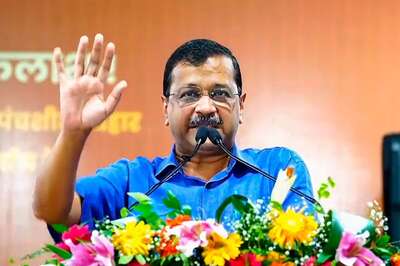
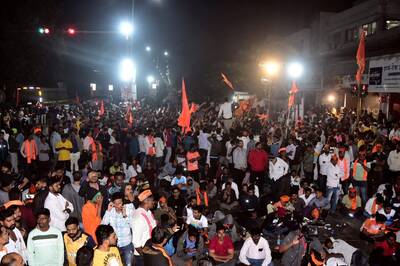

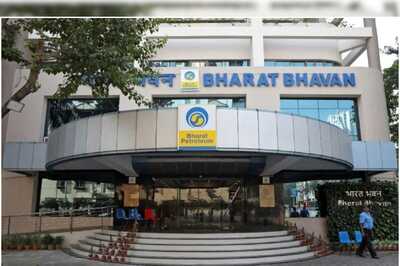



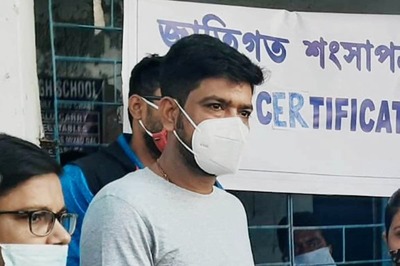

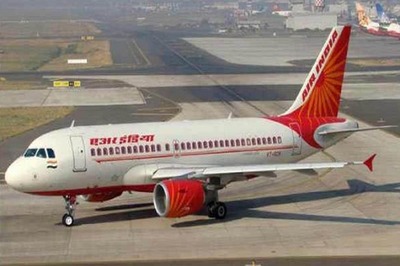
Comments
0 comment